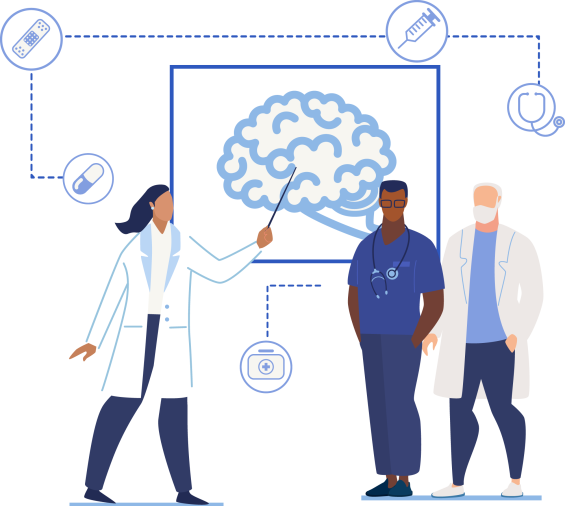Case Based Learning for Physicians
MedCBL is your portal to case-based learning.
To fill a void in health care education MedCBL provides efficient, high-volume and expertly curated cases that correlate the clinical presentation, with investigations and the final diagnosis. At each step, users are encouraged to consider the location and nature of the abnormality with built-in guidance only a click away.
You can challenge your diagnostic skills by viewing cases one at a time or you can review cases organized by diagnosis. Either way, MedCBL places you in a streamlined virtual ward or clinic where the pace is yours.
The first collection we are releasing is NEURO. It stems from years of expertise and collaboration in Neurosurgery, Medical Imaging and Neuropathology.


About us Our Vision
To contribute to global health care through on-line learning.
Our Mission
To provide the highest quality, integrated, virtual case-based learning to all learners.
Our Future
The collection of the Neuro cases is just the beginning. Our goal is to work with colleagues to develop and continually populate case-based learning modules for all health care fields.
